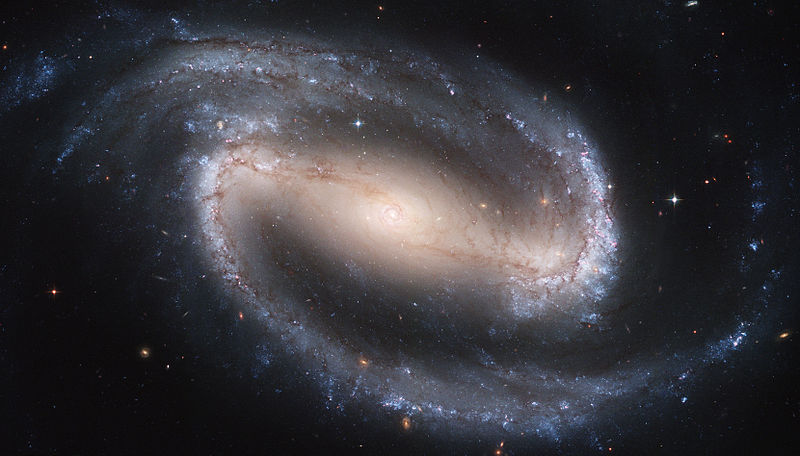|
Target: 10 Questions in 10 minutes |
|||||||||||||||||
1. The Doppler effect can cause a shift in some properties of light waves. Which quantities on the right are affected? |
I. wavelength |
||||||||||||||||
|
|||||||||||||||||
2. An ambulance is moving towards an observer. Which of the following changes occurs to the sound wave heard by the observer?
|
|||||||||||||||||
3. 'Red shift' is an effect seen in distant galaxies. White light is shifted towards the red end of the spectrum. This is explained by...
|
|||||||||||||||||
4.The formula on the right can be used - in certain circumstances - to calculate the doppler effect on the frequency and wavelength of waves. |
${\Delta f \over f} = {\Delta \lambda \over \lambda} \approx {v \over c} $ | ||||||||||||||||
Which of the following best describes the use of this formula?
|
| ||||||||||||||||
5+6. A space satellite is travelling towards the Sun at 3 x 105 ms-1. Red light emitted from the sun has a wavelength of 6 x 10-7 m. The wavelength of this light is different when observed by the satellite. The speed of light can be taken as 3 x 108 ms-1. |
|||||||||||||||||
5. What is the change in wavelength Δλ observed?
| |||||||||||||||||
5. What is the change in frequency Δf observed?
|
|||||||||||||||||
7-9. A radio wave of wavelength 100 m is emitted from a distant galaxy, travelling away from us at 1% the speed of light. |
 |
||||||||||||||||
7. The observed wavelength will be approximately:
| |||||||||||||||||
8. The observed speed of light will be:
| |||||||||||||||||
9. The observed frequency will be approximately:
| |||||||||||||||||
10. The doppler effect can be used to find...
| |||||||||||||||||